What Exactly Are Google Trends?
Google Trends is a free application that uses real-time data to assess the popularity of Google search phrases.
It displays what people are searching for based on time, season, and place. That data may then be used to inform your marketing plan.
This is how it appears:
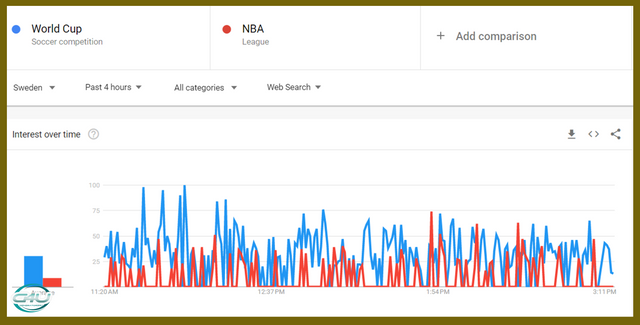
We'll go through how to utilize Google Trends and five practical methods to apply it in your content strategy in this article:
Find out what's hot right now.
Determine seasonal patterns
Improve your local SEO approach.
Keep an eye on your competition.
Improve your SEO approach.
Let's get started.
How to Make Use of Google Trends
Instead of keyword search volume, Google Trends assesses keyword popularity.
"Each data point is divided by the total searches of the location and time range it covers, to assess relative popularity," Google explains.
To begin using Google Trends, type a term into the search field or select one of the samples offered.
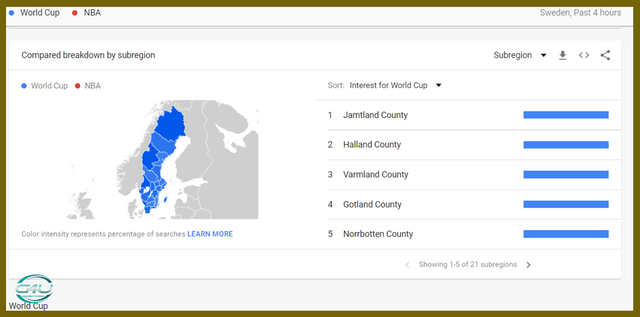
You may also scroll down to learn more about current trends in your nation.
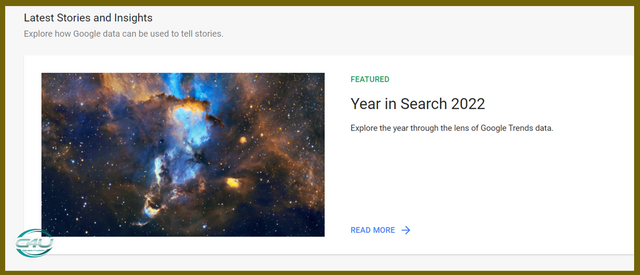
If you wish to utilize the search box, simply type the phrase you want information on and press enter. Begin by looking for 'Samsung'.

To compare two terms, click the "+ Compare" button to the right of your initial search query. When you compare search phrases like "Samsung" vs. "iPhone," the data looks like this:
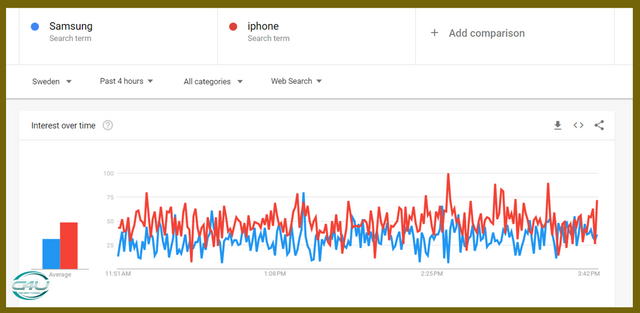
Scroll down for a subregional analysis of the terms:
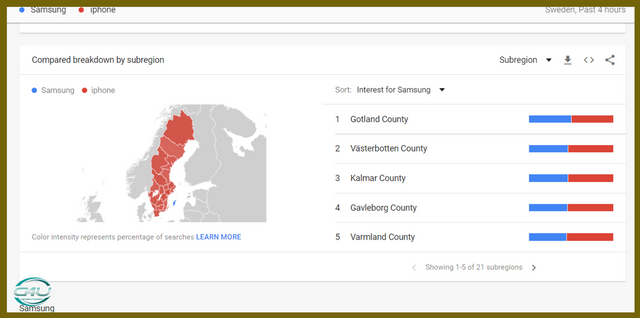
Each state has a breakdown of how popular each phrase is.
5 Ways to Improve Your Content Strategy Using Google Trends
Google Trends is a simple tool, but there are several applications for it in your entire content strategy.
- Locate Current Trending Topics
Finding hot themes may assist you in content planning, identifying fresh views, and even simply being relevant as a brand.
Scroll down from the Google Trends site to view "Recently trending" subjects throughout the world:
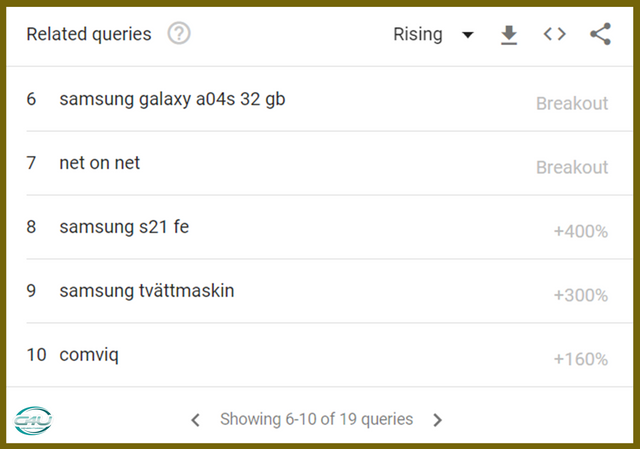
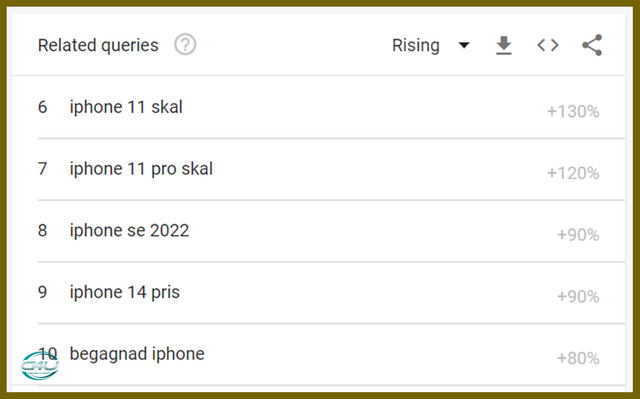
Would you like us to write a blog article on the impending live-action Barbie film? No, that would be irrelevant in the long run.
But does this hot subject make for a good meme to share on social media? We believe so.
- Recognize Seasonal Trends
Examples of keywords( Forex, Valentine’s Day, Football...)
A seasonal trend returns regularly, generally around a certain event.
You may find out when to start promoting your next major holiday by analyzing popular subjects in Google Trends.
Assume you run a floral business. You've seen a seasonal increase in sales—and searches—around Valentine's Day and Mother's Day.
To begin, input a keyword and press enter. Let's utilize "Valentine's Day flowers."

Then, use the drop-down menu to change the date range. The default period is seven days, but you may select anything from the last hour to 2004.
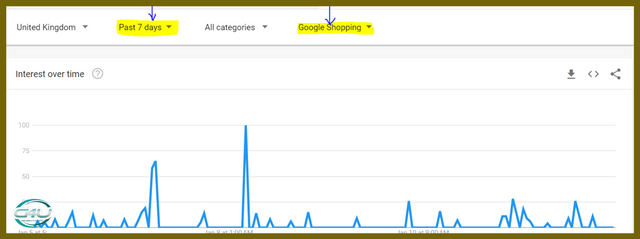
To obtain good seasonal trend information, it is best to look back at least a few years.
"Flowers for Valentine's Day" begins to receive traffic between February 7th and February 13th. That is information you may use to plan the launch of your marketing efforts.
You can also look at trends that are more difficult to foresee.
Assume you are creating material for an insurance firm. You may check back many years to see when hurricane season usually happens, and then generate content and marketing efforts around that period.
Going back a few years will also tell you whether a popular issue is a seasonal trend or a passing craze. If a keyword's traffic increases around the same time every year, it's a trend.
If not, it's most certainly a passing craze.
Consider the ALS Ice Bucket Challenge. It received minimal attention before and after August 2014.

Because fads pass rapidly, developing long-term content or planning marketing strategies around them may be a waste of time and money.
Seasonal Google Shopping Ads Planning
You may also utilize Google Trends data to arrange the timing of your Google Shopping advertising.
Begin by typing a term and switching between "Web search" and "Google Shopping." We decided on "wedding guest clothes" as our keyword.

View the results to see when interest is at its peak:
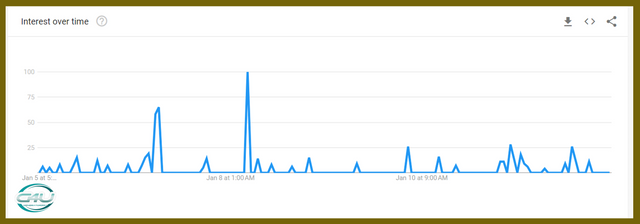
Spring and summer interest is higher, whereas fall and winter interest is lower.
Things pick up again in January and February, so putting shopping advertisements during that period may provide you with an advantage. It would also be prudent to run advertisements during the spring and summer months.
- Fine-tune Your Local SEO Strategy
You may view term popularity globally or by nation, subregion, metro area, or city using Google Trends.
This might assist you in fine-tuning your marketing initiatives and determining where your potential clients are.
Let's take a simple example: surfboards. People in landlocked parts of the United States are less likely to be interested in purchasing one.
We can observe that people in California and Hawaii are substantially more interested in surfboards than the rest of the states when we filter by subregion:
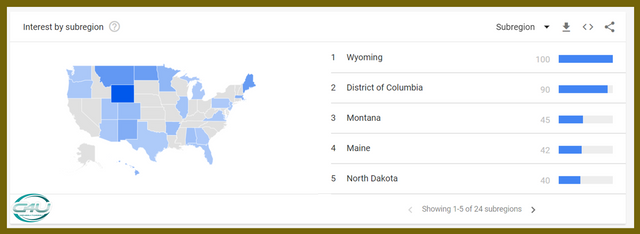
To locate even more information, narrow our search to the United States. We can now observe that demand for surfboards is steady throughout the year:
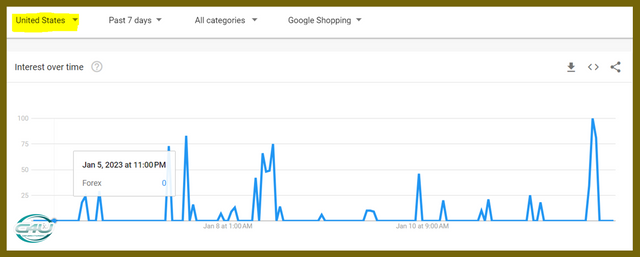
The following widgets follow suit, displaying results based solely on searches in the United States.
Even if you already know where the majority of your consumers reside, you may go deep into their search behaviors to discover similar search phrases and subjects they are interested in, as well as employ a local rank tracker to fine-tune your local SEO approach.
Conduct Local Keyword Research
If you operate a local business, you're interested in what's happening in your region rather than what's going nationally or worldwide.
Look at what's popular in your area to design material that your clients will enjoy.
Assume you are the owner of a car dealership in LA, Illinois. You might search for "honda dealership" and limit your results to only your city:
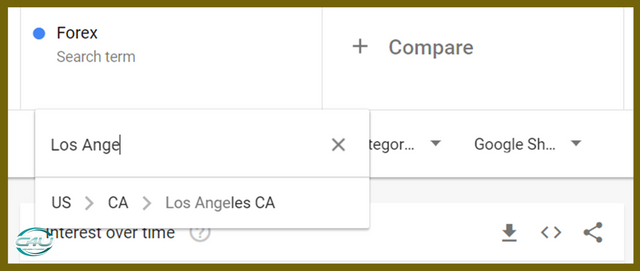
Scroll down to the linked subjects and searches, which now include LA residents.
You may browse search phrases for individual dealerships and automobile manufacturers only from the above. Examine them to spot possible rivals and develop content.
Based on the linked questions, it might be a good idea to create blog entries comparing Kia, Toyota, Hyundai, and Ford automobiles to their Honda counterparts.
- Monitor Your Competitors
Circle back to the Google Trends compare tool to see how your brand stands up to the competition.
We’ll use Netflix and Hulu for this example. In this case, it’s probably more useful to set the time frame back a few years to get a better overview of their respective performances.
We can see that competition has remained steady over the last five years, with Netflix comfortably in the lead:
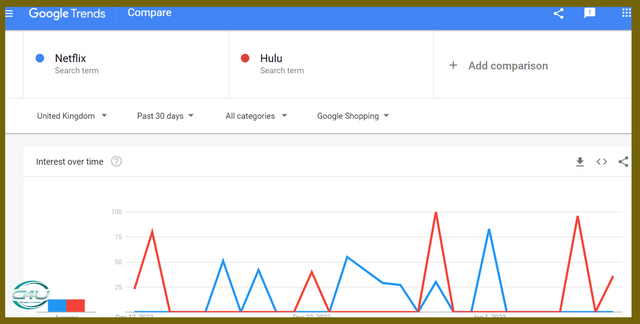
We can also notice that many of the traffic surges for both brands occur at the same time (likely due to new releases or news stories from either brand).
Let's compare Hulu to HBO Max, which has a bit more volatility:
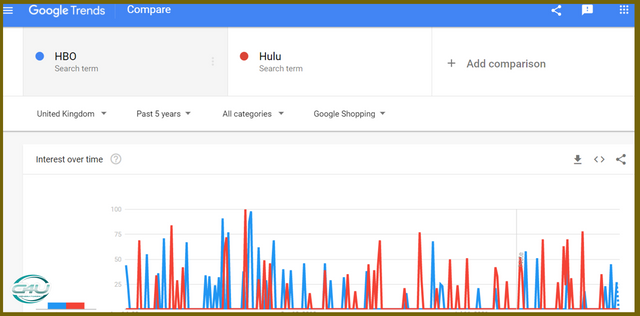
HBO Max is a newer streaming platform that will be available in May 2020. You may detect modest traffic increases as early as 2019, most likely when whispers began before the actual announcement.
Then, when HBO Max launched, it witnessed a tremendous spike and even topped Hulu at times.
If you worked for one of these firms, you should look at what shows your competitors published during traffic surges so you can mimic their success or alter your marketing plan accordingly.
A market research tool like Market Explorer may help you keep track of your rivals' tendencies. You may compare your company's trends to those of your rivals.
In this case, we picked Netflix as the primary domain and Hulu and HBO Max as rivals.
When you click "Create and analyze," you'll be sent to a main page with a Trending Keywords widget.
Hover over different keywords to check volume increase and which sites are trending.
If you click on "Top Keywords," you'll discover what keywords were popular in the preceding month.
Analyzing what's popular on your rivals' websites might help you understand what's working for them and what might work for you.
We can notice several comedy shows and movies trending in the above graphic (as well as generic categories like "comedy movies" and "funny movies").
If you do not respond to trends, you may lose traffic or customers.
- Improve Your SEO Strategy
Let's go through a few ways you may use Google Trends data to plan and generate content.
Conduct Keyword Research
Google Trends provides keyword statistics based on real-time search data, which other tools do not provide.
Plugging in keywords and watching how they change over time might be a good approach to augment your keyword research.
Do you already have a list of keywords in mind? You may enter them into Google Trends to evaluate how they've performed over time and whether they're the best fit for your plan.
However, keep in mind that Google Trends does not track keyword volume or difficulty.
You may also take it a step further by determining which common keywords to target utilizing the "Related inquiries" area.
Assume you sell handbags.
The top results for the keyword “purses” show that people typically search by purse brand.
This data may assist you in determining which keywords to optimize for in a blog post or even what to call your product categories.
You may also compare the results of your searches to determine which are the most popular:
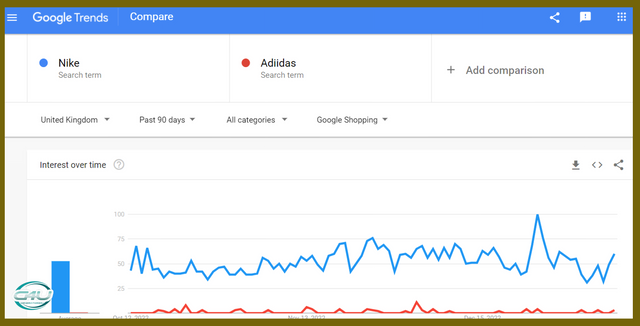
This demonstrates that, despite a recent surge in traffic, Adidas may be a passing craze based on the data (more on that later).
Nike, on the other hand, appears to be gaining popularity.
Google Trends is an excellent place to start when looking for popular keywords, but you should run any term ideas you come across through a more complete tool like Keyword Overview before writing content:
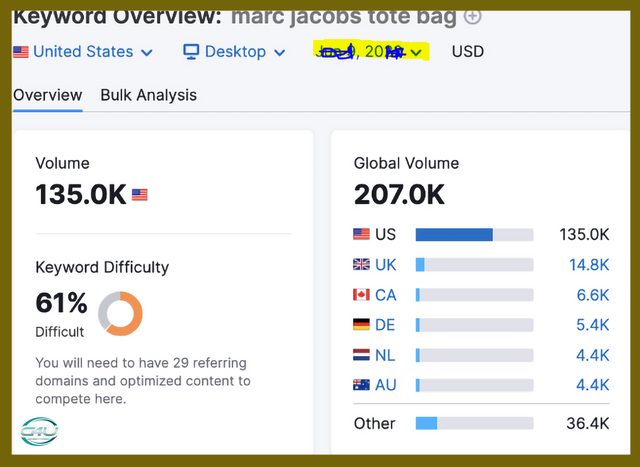
According to the available data, "marc jacobs tote bag" has a high search volume and moderate keyword difficulty.
To round out your keyword research, utilize the Keyword Magic Tool to uncover secondary keywords to employ in content or ad text.
People appear to be interested in the "small," "leather," and "black" variants of this purse, according to the left column.
Determine Related Topics
You may study similar subjects in addition to related inquiries.
As an example, consider the film Star Wars. Each issue has a percentage or the word "breakout" to the right of it.
Trending subjects with percentage gains are labeled "Top," whereas breakout phrases are labeled "Rising." Breakout, or rising, themes have increased dramatically over the previous period.
Here's how Google evaluates them:
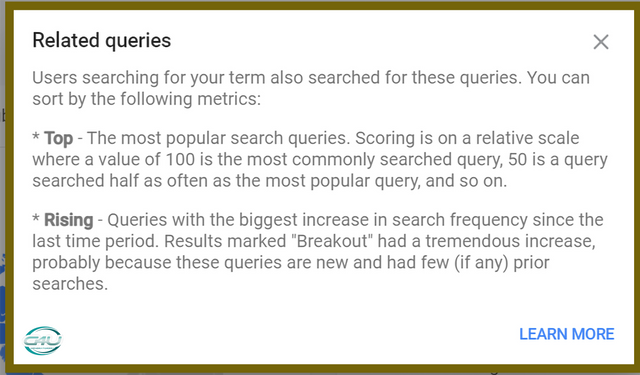
The idea is to find any gaps to capitalize on popular phrases.
Begin by inputting broad keywords to see what related subjects appear. Are you currently covering these themes in your blogs or social media posts?
For example, here's what the related subjects section for "women's shoes" looks like.
Studs and rhinestones are two brands and trends that come up.
This provides us with information about which competitors are performing well, as well as hot themes that we should cover.
Create Topic Clusters
The sections "Related themes" and "Related queries" are useful for keyword research. They can, however, assist you in developing subject clusters.
Topic clusters are collections of linked information based on a single primary topic, or "pillar."
When done correctly, subject clustering may help you build a strong internal linking structure and organize your website logically for both visitors and Google.
Assume you operate a company that sells running shoes. "Marathon training" might be one of your theme pillars.
By entering that phrase into Google Trends, you may discover additional particular interests inside the wider "marathon training" search.
Your marathon training subject cluster might include several related themes and keywords.
"Half marathon training schedule 10 weeks" seems like a good starting point for a useful blog post.
The majority of the other top results are marathons—some may merit their explanatory pages, while "Grandma's Marathon" and any other entertaining, lesser-known events may make for an excellent listicle.
Use this information to begin developing your content schedule and subject clusters.
Enhance Your YouTube Strategy
Google Trends also covers popular YouTube subjects.
Change the category from "Web search" to "YouTube Search." You may also change the category to reflect the topic of your channel (in this example, "Beauty & Fitness").

Begin by examining the keyword's overall trend—are people still interested in this topic? The popularity of pilates workouts appears to be growing.

Then, scroll down to relevant subjects and questions to see which channels are currently popular and what people are looking for:
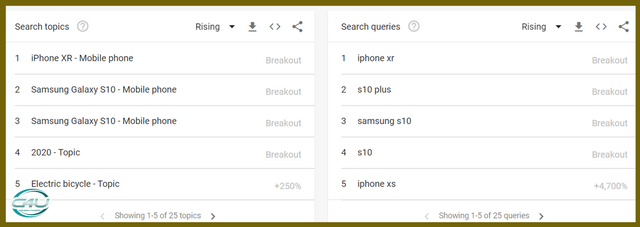
Here, the connected subjects are largely YouTube channels. This is an excellent opportunity to conduct competitive research to determine what types of videos these big channels upload.
The relevant inquiries might assist you in coming up with ideas for such videos. Some of the top five video concepts are as follows:
_Pilates workout for 20 minutes
_Weight reduction with Pilates
_Pilates for the thighs and buns